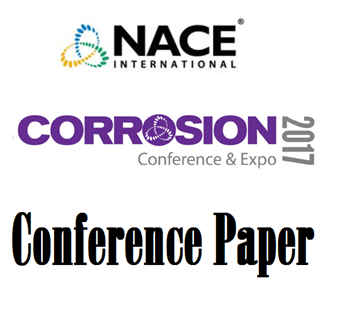Search
Products tagged with 'cathodic protection'
View as
Sort by
Display
per page
Applying Machine Learning Techniques To Identify And Predict Behavior Of Rectifier And Groundbed State Change
Product Number:
51322-17833-SG
Publication Date:
2022
$20.00
Assessing Coating Breakdown Factors of Silicone Rubber Thermal Insulation for Enhanced Cathodic Protection in Subsea Equipment Operations
Product Number:
51324-20350-SG
Publication Date:
2024
$40.00
Benefits of continuous corrosion monitoring for offshore wind structures
Product Number:
51323-19288-SG
Publication Date:
2023
$20.00
BRIDGES: A LOOK BACK Historic Studies in Cathodic Protection: The 1990s
Product Number:
37682-pdf
ISBN:
978-1-57590-439-9
$91.00
Calcareous Deposition On Thermally Sprayed Aluminium Surfaces
Product Number:
51322-17798-SG
Publication Date:
2022
$20.00
Can an Intermittent Cathodic Protection System Prevent Corrosion of Buried Pipeline?
Product Number:
51317--9353-SG
ISBN:
9353 2017 CP
Publication Date:
2017
$20.00
Case Studies on Application of Indirect Inspection Technology and Methodology in Municipal Water and Wastewater Systems
Product Number:
51324-21056-SG
Publication Date:
2024
$40.00
Case Study of Hybrid Onshore-Offshore CP Life Extension Retrofit for East Texas Facility
Product Number:
51324-20974-SG
Publication Date:
2024
$40.00
Cathodic Nanocoating Technology for Corrosion Control of Steel Structures
Product Number:
41211-613-SG
Publication Date:
2011
$20.00
Cathodic Prevention/Protection Of Marine Corrosion Of Steel In Previously Cracked Concrete
Product Number:
51321-16952-SG
Publication Date:
2021
$20.00
Cathodic Protect Area Of Influence Study
Product Number:
51321-16877-SG
Publication Date:
2021
$20.00











